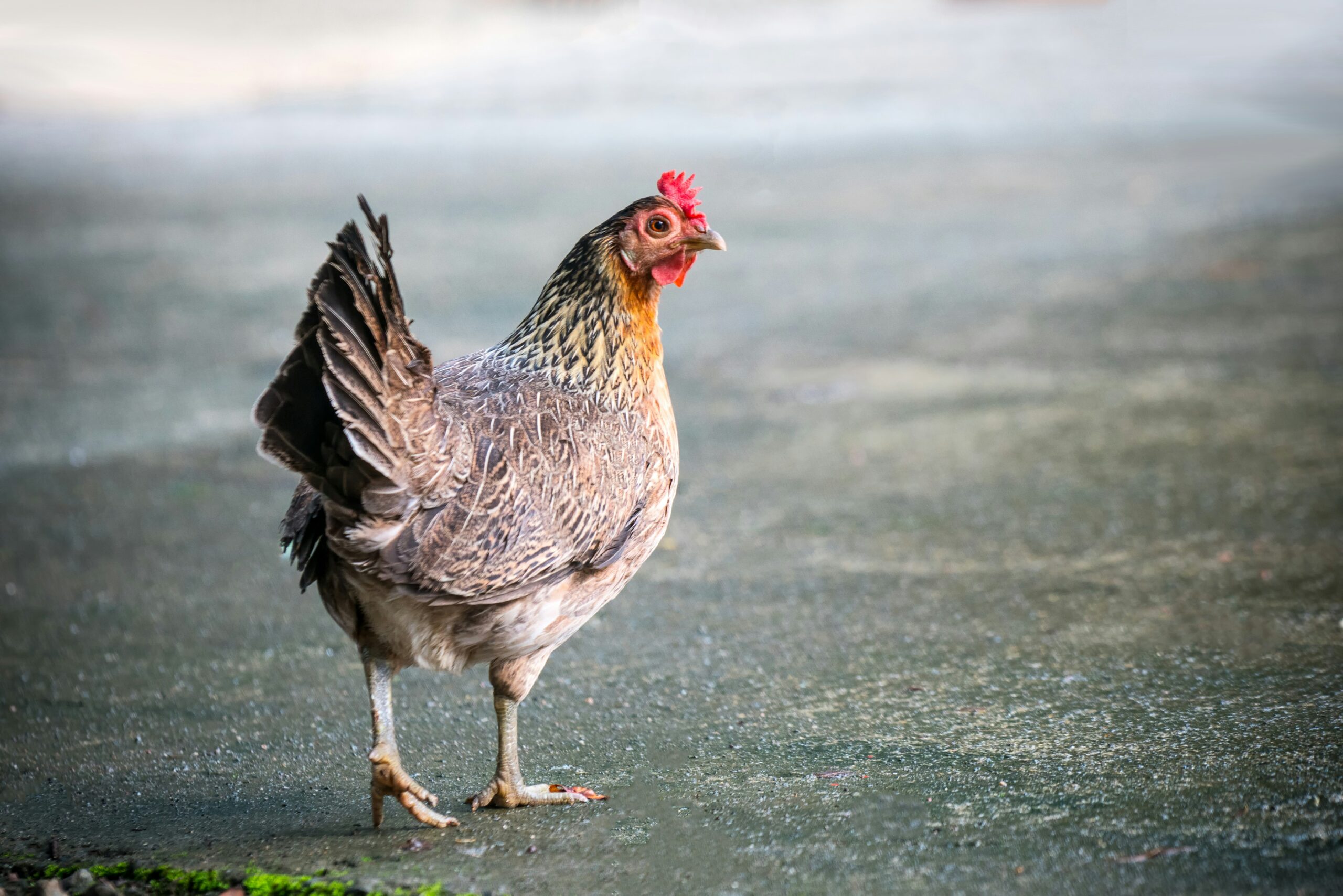How Do Chickens Get Marek’s Disease?
Marek’s disease is one of the most feared viral infections among poultry keepers—and for good reason. Caused by a highly contagious herpesvirus, this disease can devastate entire flocks, especially if left undetected or unmanaged. But how do chickens actually get Marek’s disease, and what can you do to stop it before it spreads?
This in-depth guide breaks down everything you need to know about Marek’s: from its causes and transmission methods to critical prevention strategies every chicken keeper should implement. Let’s dig in.
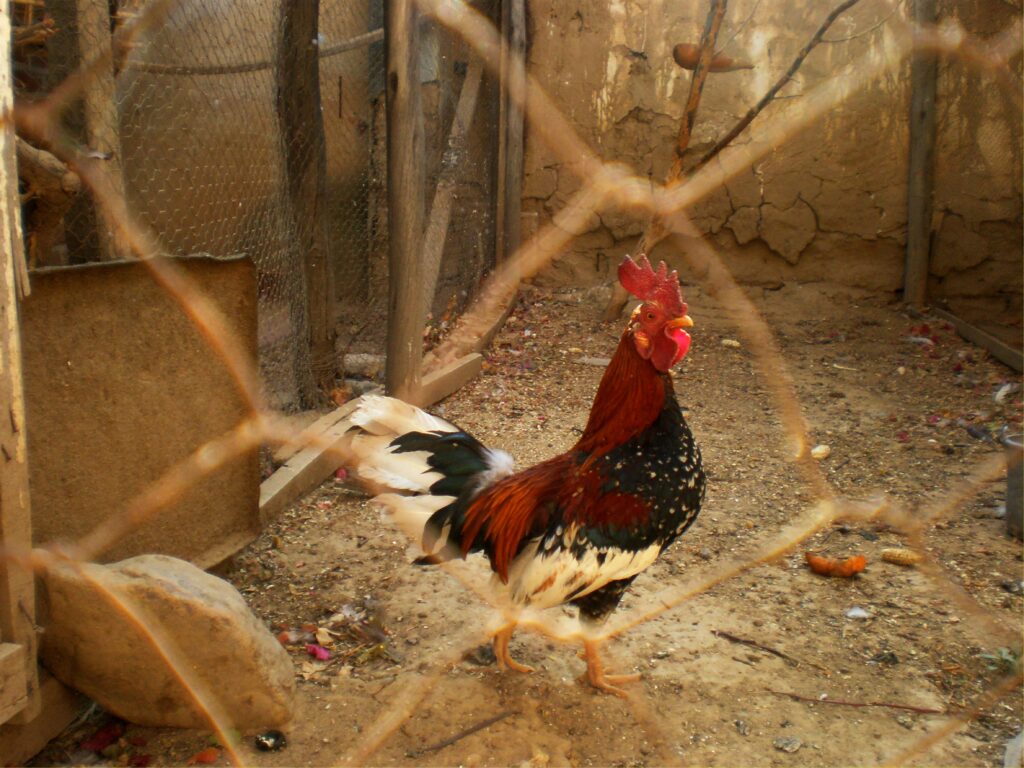
Photo by paulo morales on Unsplash
What Is Marek’s Disease?
The Discovery and History of Marek’s Disease
Marek’s disease was first documented by József Marek, a Hungarian veterinarian, in 1907. Initially thought to be a form of avian leukemia, it wasn’t until the 1960s that scientists identified the true culprit—a highly contagious alphaherpesvirus (Gallid alphaherpesvirus 2).
Why It’s a Serious Threat to Poultry Owners
Unlike bacterial infections that can be treated with antibiotics, Marek’s is viral—meaning there’s no cure. It can cause paralysis, blindness, tumors, and death in young birds, often wiping out large numbers of a flock with chilling speed.
What Causes Marek’s Disease in Chickens?
Herpesvirus: The Underlying Culprit
Marek’s disease is caused by Gallid herpesvirus 2 (GaHV-2). This virus hides in nerve cells and lymphoid tissues, making it hard to detect until symptoms become severe. Once infected, birds carry the virus for life—even if they don’t show symptoms.
How the Virus Mutates and Spreads
Marek’s disease virus (MDV) is notorious for its ability to mutate and become more virulent. This has led to different strains—some of which can even break through standard vaccines.
How Do Chickens Get Marek’s Disease? (Key Transmission Modes)
Airborne Feather Dander
The primary mode of transmission is through airborne feather dander. Infected birds shed the virus through their skin and feathers. Once dried, these tiny particles can remain infectious for months in dust and bedding.
Contaminated Equipment and Surfaces
Feeders, waterers, cages, and even your clothing can carry the virus. If you handle an infected bird and don’t clean up properly, you could unintentionally spread Marek’s to healthy birds.
Bird-to-Bird Contact
Close contact between birds, especially in crowded coops, allows the virus to spread quickly. Chickens may pick up the virus by pecking, grooming, or simply roosting next to infected birds.
Hatching from Infected Eggs
Although vertical transmission (from hen to egg) is rare, it’s not impossible. In cases where the virus is exceptionally strong, chicks may hatch already infected.
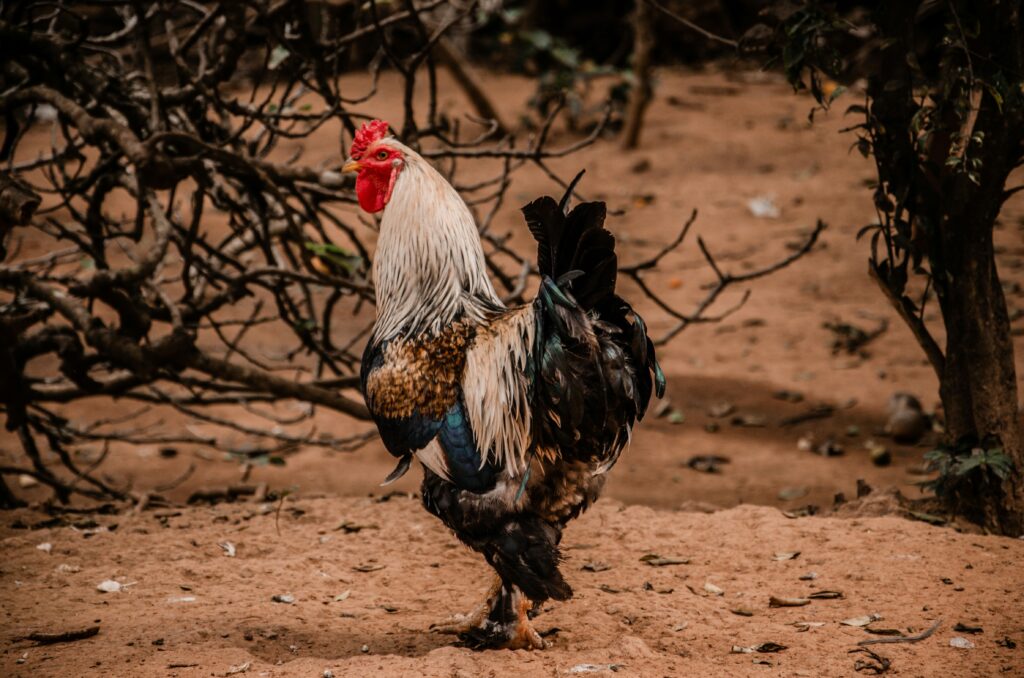
Photo by Wesley Caribe on Unsplash
Symptoms of Marek’s Disease in Chickens
Neurological Symptoms
- Leg or wing paralysis
- Twisted neck (torticollis)
- Uncoordinated walking or standing
- Inability to perch
Ocular Symptoms
- Gray or cloudy eyes
- Irregular-shaped pupils
- Vision loss or total blindness
Skin and Tumor Manifestations
- Raised nodules on the skin
- Tumors in internal organs (liver, spleen)
- Weight loss despite good appetite
Stages of Marek’s Disease
Latent Phase
During this phase, birds may not show any symptoms. However, they are still carriers and can spread the virus to others.
Active Phase
This is when clinical signs emerge, and mortality rates rise. Tumors form in various organs, and paralysis becomes more obvious.
Diagnosing Marek’s Disease
Veterinary Testing Methods
- Histopathology: Examining tissue under a microscope for tumors
- PCR Testing: Detecting viral DNA
- Virus isolation: A more advanced lab test requiring specific cultures
Differential Diagnosis
Because symptoms can mimic other diseases (like Newcastle disease or vitamin deficiencies), a proper veterinary diagnosis is essential.
Can Marek’s Disease Be Cured?
Sadly, no cure exists for Marek’s disease. Once a bird is infected, the goal shifts to managing symptoms and preventing further spread.’
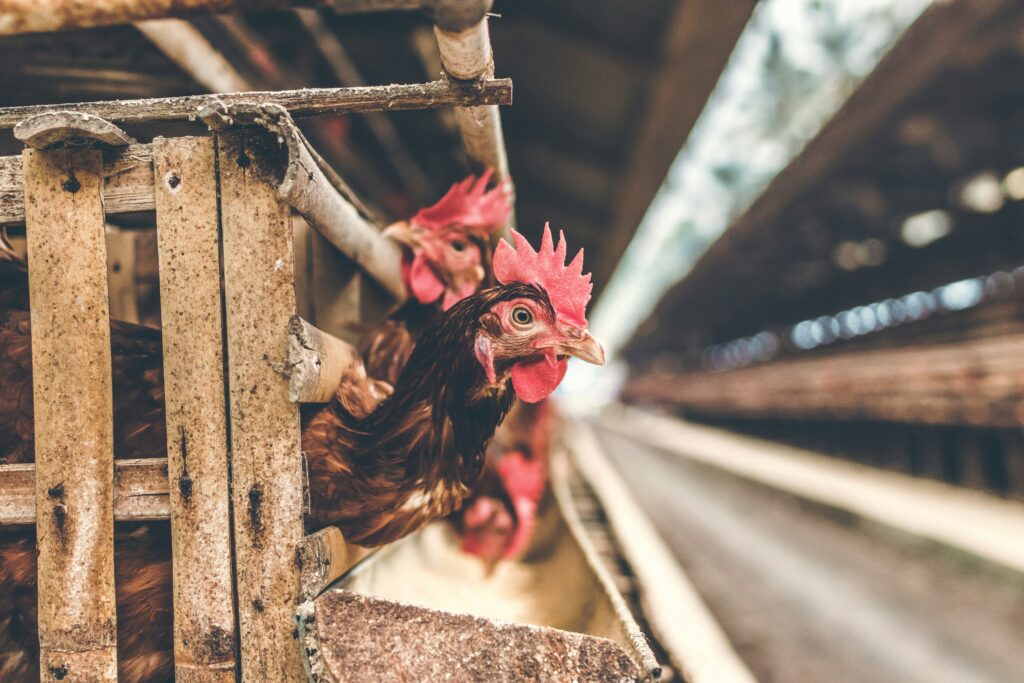
Photo by Artem Beliaikin on Unsplash
Preventing Marek’s Disease in Backyard and Commercial Flocks
Vaccination
Vaccinate chicks within 24 hours of hatching. The Marek’s vaccine doesn’t stop infection but helps prevent symptoms and virus shedding.
Biosecurity Measures
Limit flock exposure to outsiders. Set up a foot bath at coop entrances and don’t share tools or gear with other poultry owners.
Sanitation and Ventilation
Keep your coop clean, dry, and well-ventilated. Marek’s virus thrives in dusty, dirty conditions.
Quarantine New Birds
Always quarantine new birds for 2–4 weeks before introducing them to the main flock. Watch for signs of illness.
Limit Traffic to the Coop
Too many visitors increase the risk of viral introduction. Post “restricted area” signs and keep coop access limited.
Tip #6: Use Marek’s-Resistant Breeds
Some breeds show higher resistance—like Leghorns, Plymouth Rocks, and Sussex.
Tip #7: Educate Yourself & Track Symptoms
Stay updated on poultry health news and log any abnormal behavior or symptoms in your flock.
FAQs About Marek’s Disease in Chickens
Can Marek’s disease affect humans?
No, Marek’s disease is not zoonotic and cannot infect humans.
How long can Marek’s virus survive in the environment?
The virus can survive for up to 12 months in litter, dust, and on surfaces.
Can a vaccinated bird still get Marek’s disease?
Yes, but vaccinated birds are less likely to develop symptoms or die from the infection.
Should I cull infected birds?
While hard, culling may be necessary to prevent further spread, especially in large flocks.
Is there a blood test for Marek’s disease?
Yes, PCR tests and blood sampling can confirm infection.
Can I eat eggs or meat from infected chickens?
Technically, yes. However, it’s not advisable, especially if tumors are present.
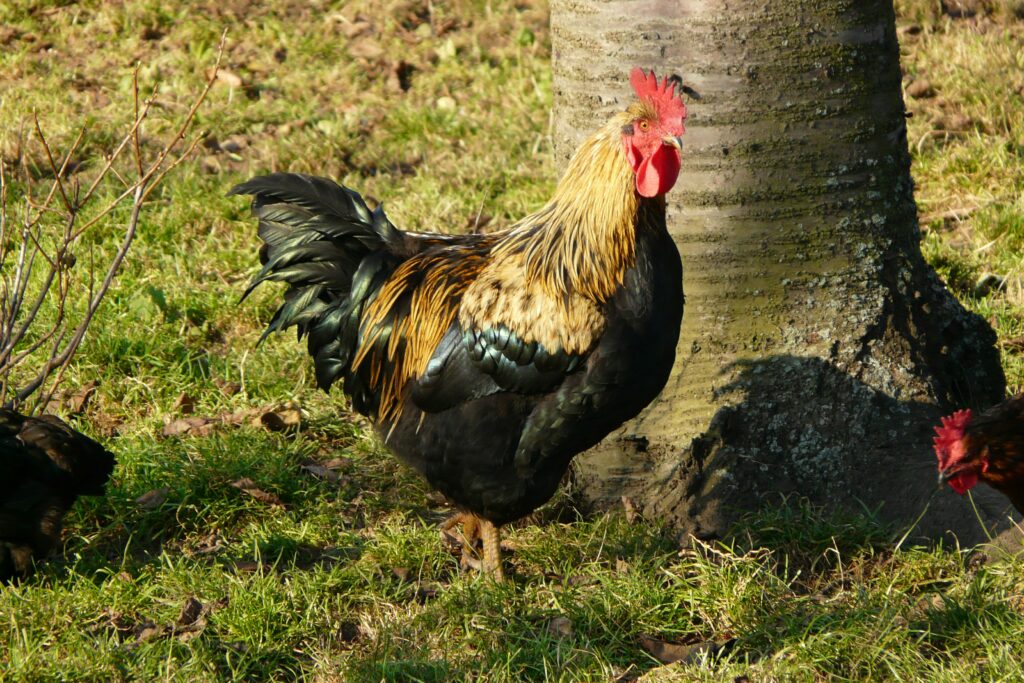
Photo by Miroslav Matěcha on Unsplash
Final Thoughts on Protecting Your Flock from Marek’s Disease
Marek’s disease is a tough adversary, but it’s not unbeatable. With vaccination, strict hygiene, and biosecurity, you can drastically reduce your flock’s risk. Stay informed, monitor closely, and take action early—because in poultry health, an ounce of prevention is truly worth a pound of cure.
